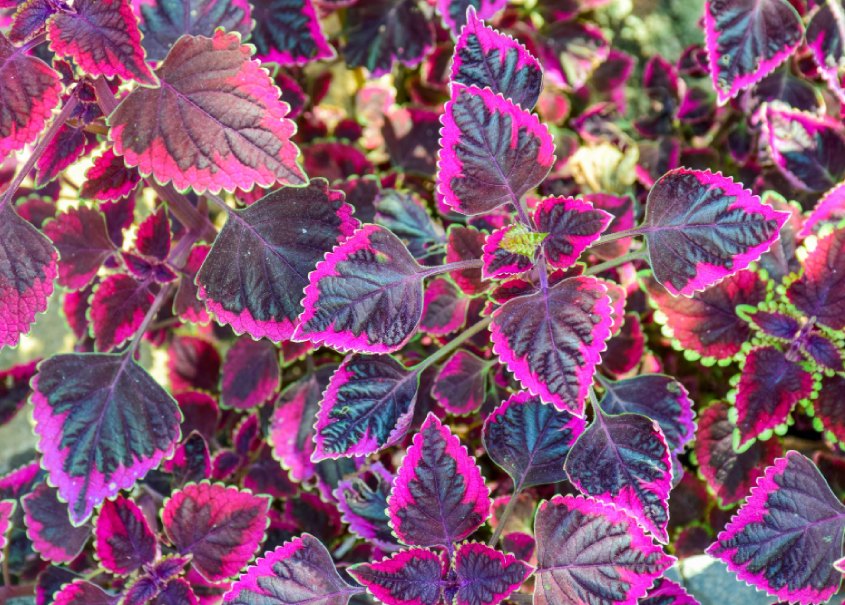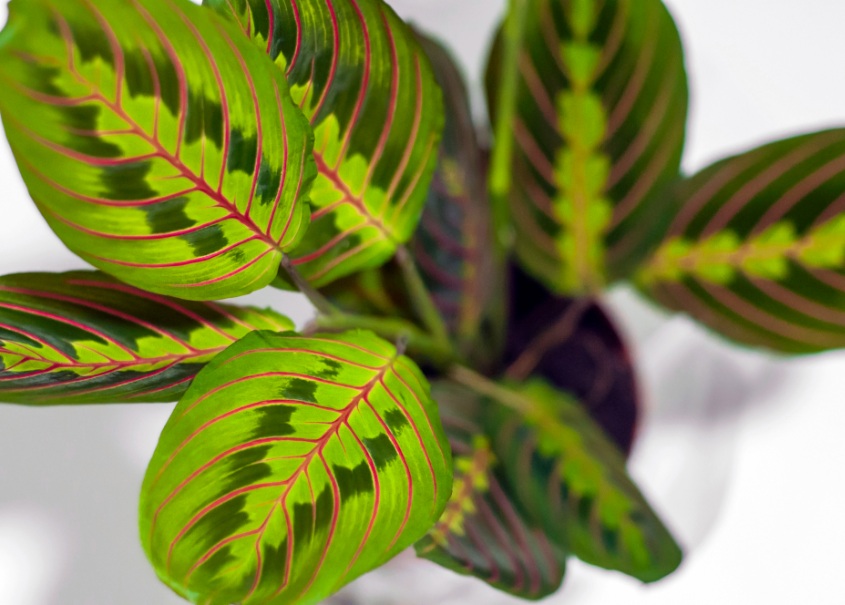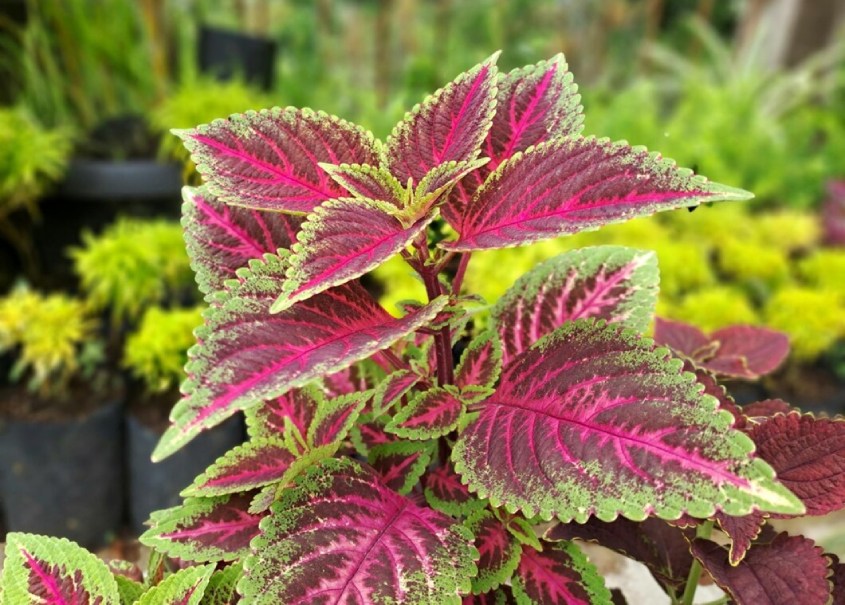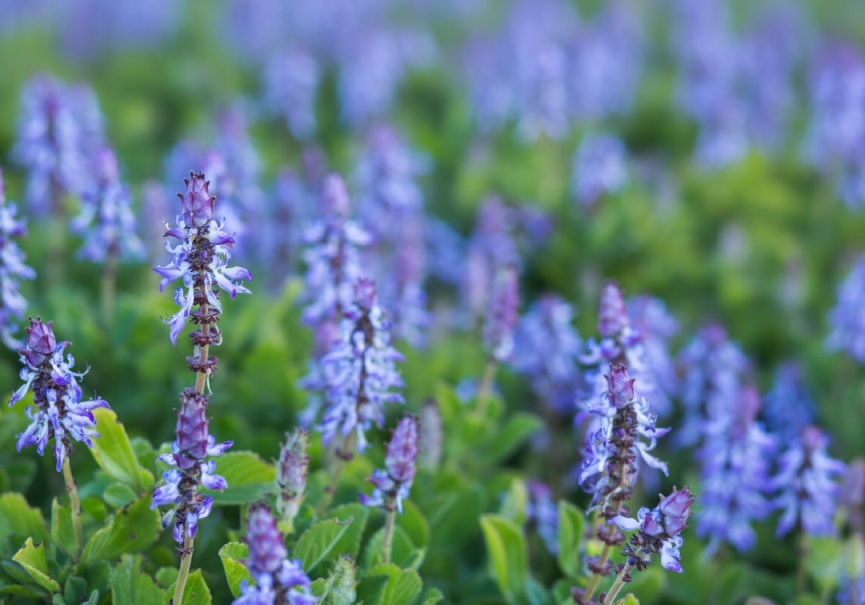Are Coleus Perennials in Your Zone? A Complete Guide for Gardeners

Gardeners often wonder if coleus is a perennial. The answer depends on a few factors. Coleus is one of the most vibrant and versatile plants, grown for its stunning foliage rather than its flowers. Many gardeners use coleus to brighten shaded areas, window boxes, and garden borders. The main confusion arises when people try to determine if Coleus will return year after year like other perennials. To clarify, it’s essential to understand coleus’s unique characteristics, the growing zones it thrives in, and how to care for it properly.
What is Coleus Plant
Coleus is a plant that grows in tropical regions and is a member of the mint family, Lamiaceae. It is most commonly used for its bright leaves, which are coloured in various shades of red, green, and orange. It also features yellow and purple, as well as mixed patterns. In contrast to many other garden plants, which are cultivated for flowers, coleus has been highly prized for its leaves. It is able to be grown both indoors and out in containers or in gardens and is therefore a good choice to be used in a variety of garden styles.
Are Coleus Perennials or Annuals
The key question is whether Coleus is a perennial or an annual. The answer depends on your climate. Scientifically, Coleus is a tender perennial in tropical regions and can live for several years if protected from frost. However, in cooler climates where frost is common, coleus cannot survive the winter outdoors and is grown as an annual. Gardeners in USDA zones 10 and 11 can enjoy coleus as a perennial, while those in cooler zones usually replant it each spring.
Difference Between Annual and Perennial Coleus
To better understand what coleus perennials are, let us look at how they perform in various climates.
Coleus in Warm Zones (10-11)
Lifespan: Perennial (lives for several years), Care Required: A little, frequent watering and trimming, Winter Survival: Survives outdoors, Growth Habit: Continuous foliage display.
Coleus in Cool Zones (3-9)
Lifespan: Annual (dies following the first frost). Care Required: Each year, it is necessary to plant new trees. Winter Survival: It is in need of protection and should be brought indoors. Growth Habit: Seasonal foliage through frost.
This proves that Coleus can be both perennial and annual, subject to climate.
Growing Zones for Coleus
Coleus plants are perennials within USDA zones 10-11 of hardiness. Within these zones, temperatures are all year round, and there is no danger of frost. For gardeners living in zones 3-9 is an annual. It is still able to grow well, but you need to either plant it every spring or put it in the ground to overwinter.
How to Grow Coleus as a Perennial
Gardeners who would like to take pleasure in coleus over more than one season typically inquire about ways to ensure they are healthy. Here are some suggestions for keeping them alive:
Overwintering Indoors
If you reside in a climate that is cool, it is possible to bring coleus inside before the frost begins. Set the plant in an open window and use only a little water. This will allow you to keep the plant thriving through winter. You can relocate it outside in the spring.
Taking Cuttings
Another option is to harvest cuttings prior to them getting frosty. The cuttings should be placed in moist soil or water to establish roots. These roots can be planted in the following season to give you a fresh beginning without the need to buy new plants.
Greenhouse Growing
For those who have greenhouses, coleus can be kept in the greenhouse all year long as an annual. In a controlled, warm environment, the plant is in good health and growing without being exposed to frost.
Best Care Tips for Coleus Plants
To fully comprehend what coleus perennials are, you must be aware of the best practices for care.
Light Requirements
Coleus is best suited to some shade, but modern varieties can withstand more sun. A lot of direct sunlight can cause scorching of the leaves, and excessive shade could reduce the color of the plant.
Watering
Coleus loves consistent moisture. The soil needs to remain evenly moist, but never wet. Regular watering is essential to ensure that the foliage stays vibrant.
Soil
Well-drained soil rich in organic matter is the ideal. Adding compost helps improve soil fertility.
Fertilizer
A balanced, liquid fertilizer applied every few weeks throughout the growing season will encourage an abundance of growth.
Pruning
By tucking back tips, you encourage an increase in the size of the plant and stop the plant from growing too large. Removal of flowers can help the plant focus its energy on the foliage.
Benefits of Growing Coleus
Coleus is not just beautiful, but also extremely versatile. Here are a few reasons that many gardeners prefer Coleus:
- A variety of beautiful choices for foliage
- It is easy to grow in pots, a garden, or hanging baskets
- It can be used as a ground cover or accent plant
- It is suitable for both shade and partial sun
- Maintenance is low compared to flowers
Common Problems in Coleus
To ensure that coleus remains perennial, gardeners must be on the lookout for the following common problems:
- Frost damage: kills plants in cold areas
- Root Rot: caused by water overflow
- Pests: Aphids, mealybugs, and whiteflies could be at risk
- Color changing: occurs when there is too much sun or the absence of nutrients
Are Coleus Perennials in Containers
Yes, it is possible to grow coleus in containers as perennials, in particular if it is you move them indoors during winter. Container gardening also offers flexibility in design, which allows you to plant plants in areas where their colours stand out most clearly.
Varieties of Coleus
There are a myriad of coleus species available with a range of sizes from small dwarf kinds and taller ones. A few of the most popular options are:
- Wizard Mix (compact with mixed colors)
- Kong Series (large leaves)
- Fairway Series (great for containers)
- Black Dragon (deep red-purple leaves)
- Mosaic (multi-colored patterns)
How to Make Coleus Last Longer
Gardeners who wish coleus to behave like a perennial could use these suggestions:
- Stay safe from frost by storing your winter items inside
- Cut stems before winter
- Fertilize often to help strengthen plants.
- Make sure that the soil is properly drained to avoid root-related problems.
- Pound flowers to increase the life of your foliage
Are Coleus Perennials Indoors
In the indoor environment, coleus behaves as a perennial if they are grown with appropriate maintenance. They can last for a long time in containers provided they are given sufficient light, warmth, and trimming. Many gardeners who live indoors use coleus as a beautiful houseplant.
FAQ
1. Are coleus perennials in all climates? Ans:- No, coleus are only perennials in warm climates without frost, usually USDA zones 10–11. In other zones, they are grown as annuals.
2. Can coleus survive winter outside? Ans:- Coleus cannot survive frost or freezing temperatures. In cold climates, they must be brought indoors or replanted each year.
3. Do coleus come back every year? Ans:- In warm zones, they come back every year, but in cold zones, they die in winter unless overwintered.
4. How do you keep coleus alive over winter? Ans:- You can keep them alive by bringing pots indoors, using a greenhouse, or propagating cuttings.
5. Are coleus perennials indoors? Ans:- Yes, indoors they can act like perennials if cared for properly.
6. How long can Coleus live? Ans:- Coleus can live several years in warm climates or indoors, but outdoors in cold zones, they usually last one season.
7. Do coleus plants need sun or shade? Ans:- Coleus prefers partial shade, but some modern types tolerate more sun.
8. Should coleus flowers be removed? Ans:- Yes, removing flowers keeps the plant focused on foliage and extends its lifespan.
9. Can Coleus grow from cuttings? Ans:- Yes, Coleus is easy to propagate from cuttings placed in water or soil.
10. Are coleus toxic to pets? Ans:- Yes, coleus can be mildly toxic to pets if ingested, so keep them out of reach of cats and dogs.






